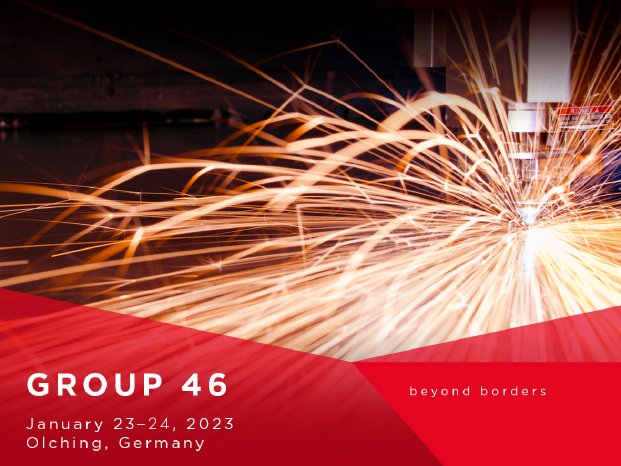Lead salt detectors are used as PbS in the near infrared spectrum and as PbSe in the mid infrared spectrum. Although they are a niche technology, they have great economic importance for fire protection, medical technology, and analytical and process measurement technology. So far, despite considerable efforts, it has only been possible in isolated cases to find a technically and economically equivalent replacement. Experts assume that this will remain the case in the long term. This technology falls under the RoHS directive, even though the active material has a typical thickness of only 1 µm. A panel of experts commissioned by the EU has recommended that the current exemption be extended further. In order to achieve this goal, LASER COMPONENTS allied with other companies. This then developed into Group 46.
»Group 46 is not about preserving vested interests and maintaining the status quo. We are in a time of upheaval. In medical technology, the sorting of plastic, and many other areas of application, low-cost but also precise decentralized answers are needed. These will only be available if PbX technologies are included. After all, monolithic megapixel SWIR imagers have already been achieved using single-chip technology,« says Johannes Kunsch, head of the IR technologies product group at LASER COMPONENTS Germany.
Group 46 will organize its own session on lead salt photonics and tutorials on infrared technology as part of the 7th SMSI Congress. This symposium will take place from May 8 to 11, 2023, in conjunction with the Sensor + Test trade fair in Nuremberg.


